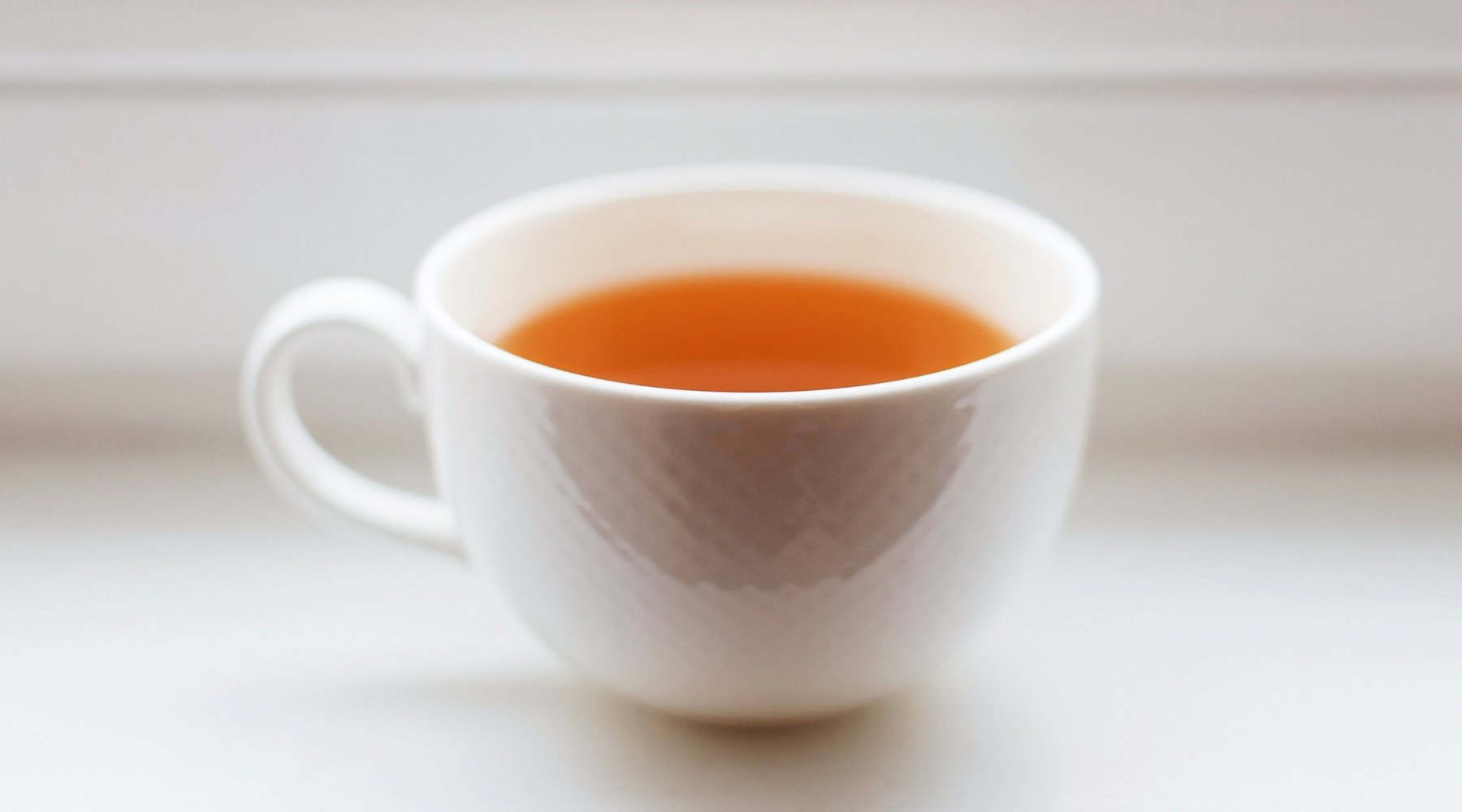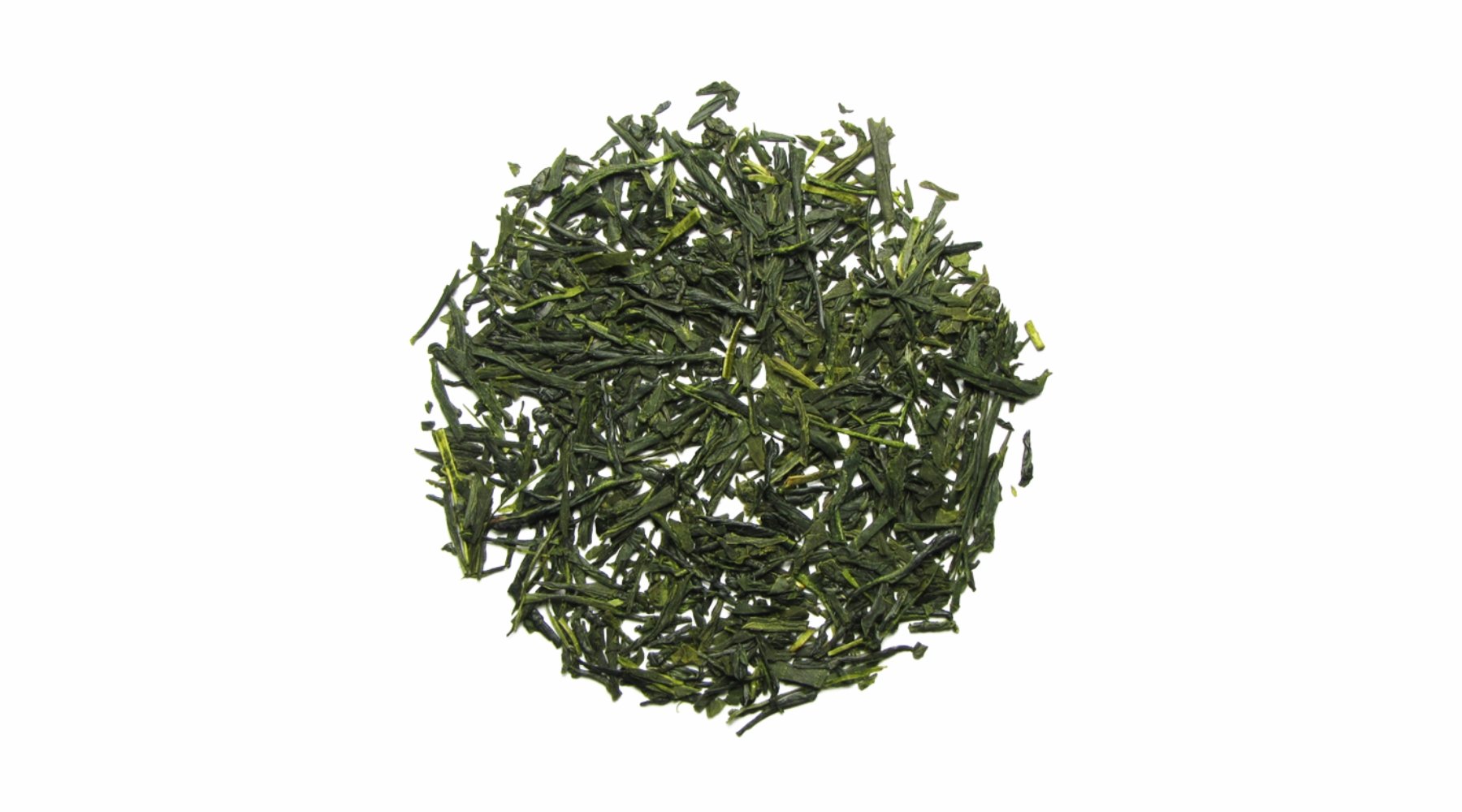
Lesson #5 : Measuring Tea Quality
Measuring Tea Grade
SFTGFOP1
If you are confused on what those letters and numbers are, this is actually a grade of tea.
In fact, the quality of tea can have dozens of different qualifications, and most have their own modifiers and addendums. You can usually see them boasted on the packages of most gourmet tea companies.
However, to most consumers, this is almost completely nonsensical. In this lesson, we'll discuss how these grades are determined, what they mean and how to apply them to your tea life.
Tea grading is often a confusing and misunderstood subject. Most people think that a high-grade tea will be superior in taste to a medium grade. This can be true at times; it may also be false.
Problems of Tea Grading
The problems with tea grading run wide and deep.
First of all, the grades of tea are not standardised worldwide and may vary according to the country of origin. The leaf grades result exclusively from the last stage of production.
The grades do not pay attention to other factors, such as the climate of the region, soil quality, storage, etc. These categories simply indicate the different leaf sizes.
This is an important realisation in that it means a tea's grade does not necessarily indicate good flavour or quality – it is only a measure of how good the leaf looks.
How a Tea Is Graded
1. Naming
When grading most whole leaf teas, they usually start with the name of the leaf, Pekoe (P). The lowest grade of whole-leaf tea is PS (Pekoe Souchong) which then graduates to BOP (sorry Charlie Parker fans – this means Broken Orange Pekoe), then to OP (Orange Pekoe*), then FOP (Flowery Orange Pekoe) ... ad nauseum.
2. Modifiers
Then, graders will add modifiers such as GFOP (Golden Flowery Orange Pekoe) which is "even better." After that, even more letters are added, signifying even higher quality.
*As a side note, this is also where we get the famous term Orange Pekoe – pronounced 'Peck-o.'
Orange Pekoe actually has nothing to do with oranges or orange flavour. This is a very common misunderstanding. It is merely a classification of leaf size.
Other Terms
There are two other terms that are always thrown around when talking about tea grading: Orthodox and CTC.
These are different ways in which the tea is harvested and processed.
a. Orthodox Method
The Orthodox method requires hand plucking of the top two leaves and the inner bud during harvest and handrolling of the leaves during processing.
b. CTC
CTC, on the other hand, employs the use of machinery to do this labour-intensive work. Tea leaves that are produced from the Orthodox method can tend to be larger; however, this does not by any means conclude that all Orthodox teas are better than CTC.
In fact, there are many CTC-produced teas that have much larger leaves than Orthodox (machines are less likely to err than humans!).
How Gradings Are Applied
The grading terms mentioned above are usually applied to black teas from India and Sri Lanka (and a few Chinese teas). To add another complication to the system, there are completely different gradations for Oolong, Green and White teas.
While the grading of Oolong, Green and White teas is a little more subtle and less structured than that of black teas, it is actually slightly more helpful. Unlike black teas, the grading of green tea has a definite relationship with the quality and flavour of the tea.
However, when considering the grade, you should keep in mind it is the subjective opinion of the taster, and this grade may not be as suited for your tastes as a tea deemed lower grade.
Of course, each country has to grade their White, Green and Oolong teas differently as well, with their own set of complicated terminology.
Terminologies for White, Green and Oolong
For these teas, these are generally recognised as:
Extra Choicest, Choicest, Choice, Finest Fine, Good Medium, Medium, Good Common, Common, Nubs, Dust and Fannings.
While all grades mentioned in this lesson hold some validity, they should be seen under the shade of scepticism. Put simply, you should keep in mind that while "size matters" to Tavalon, there are many other factors that are involved that influence the overall quality that we look for in a tea.




Leave a comment
This site is protected by hCaptcha and the hCaptcha Privacy Policy and Terms of Service apply.